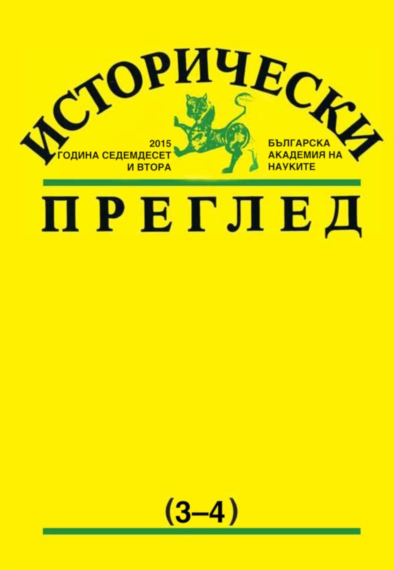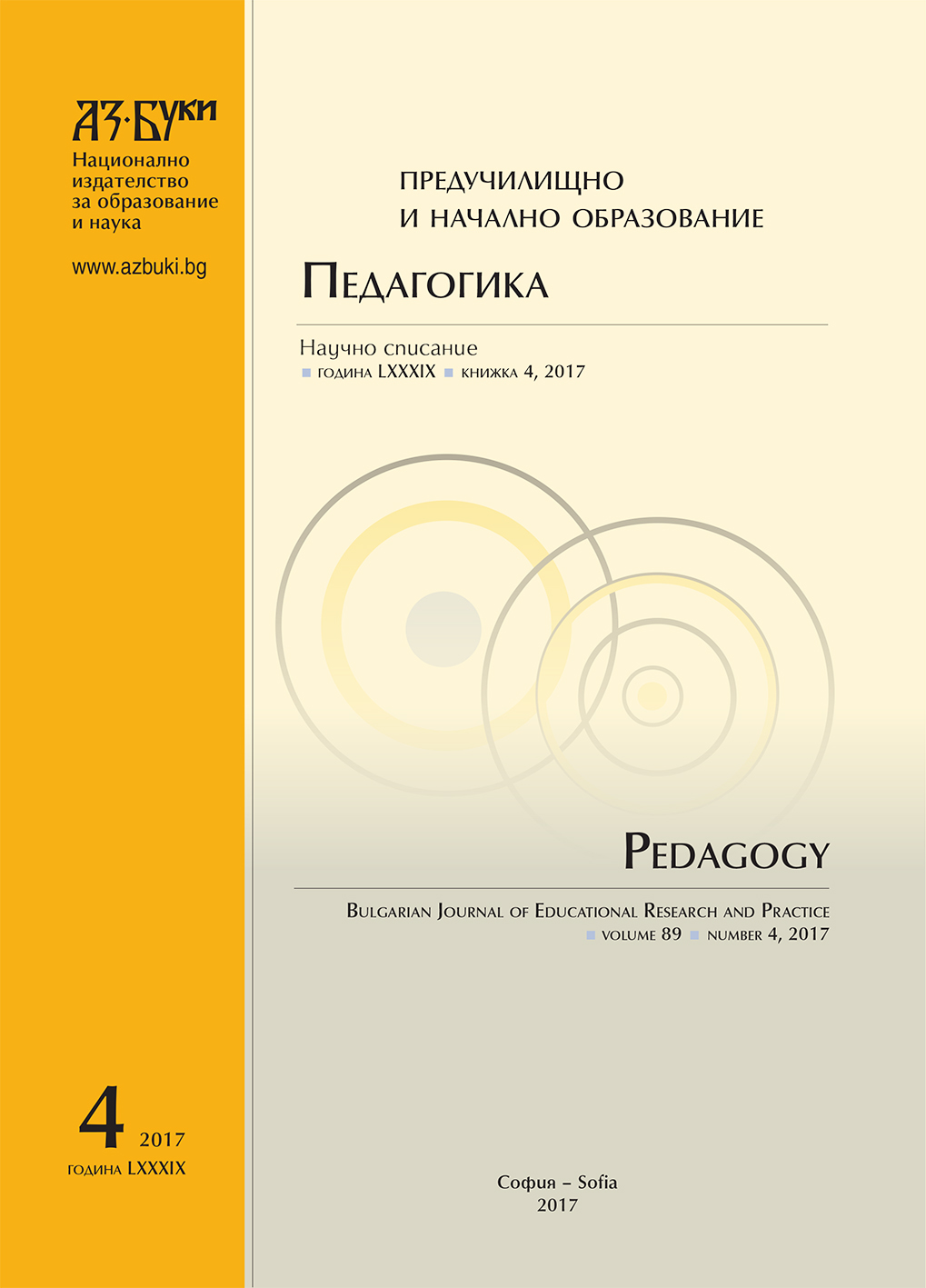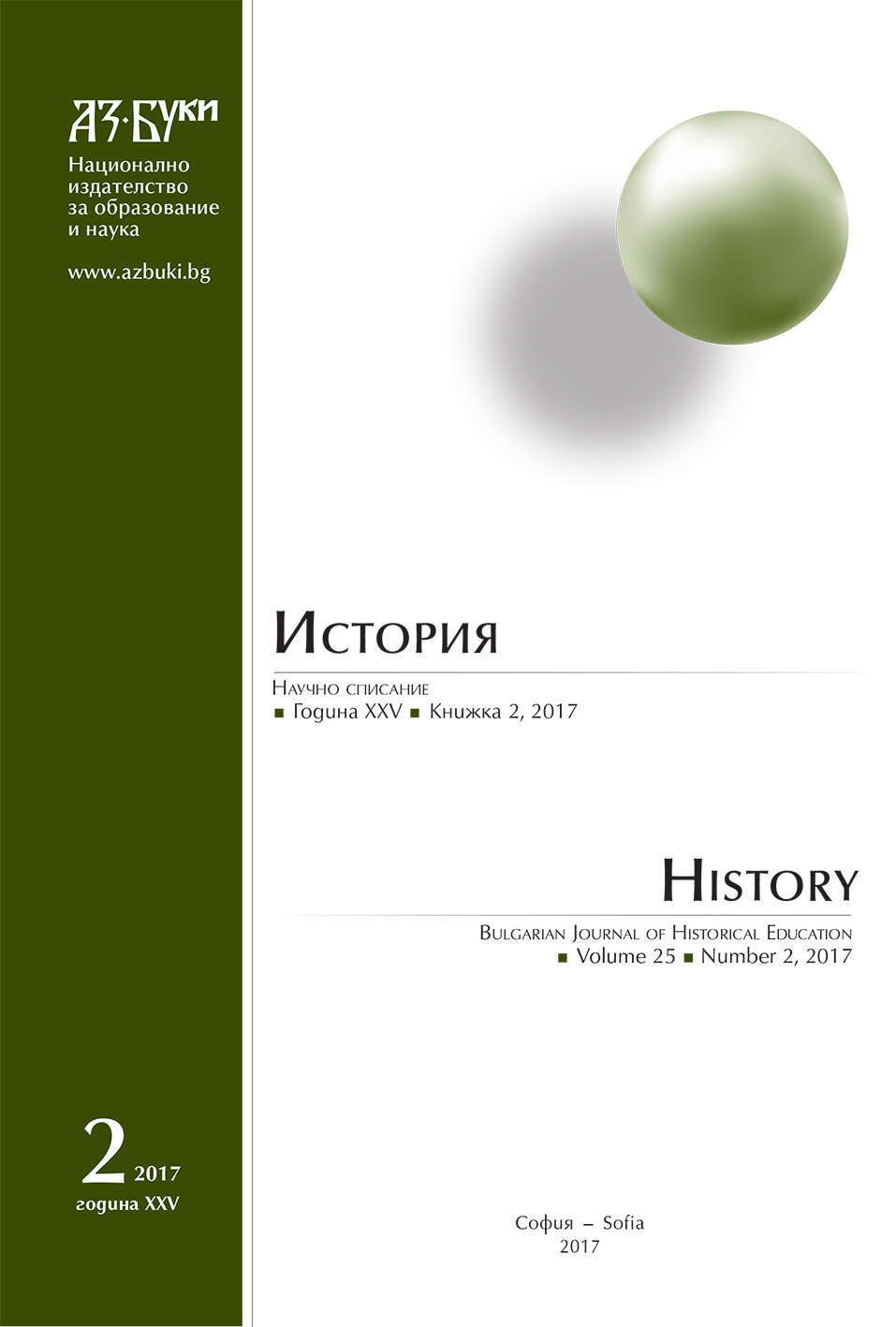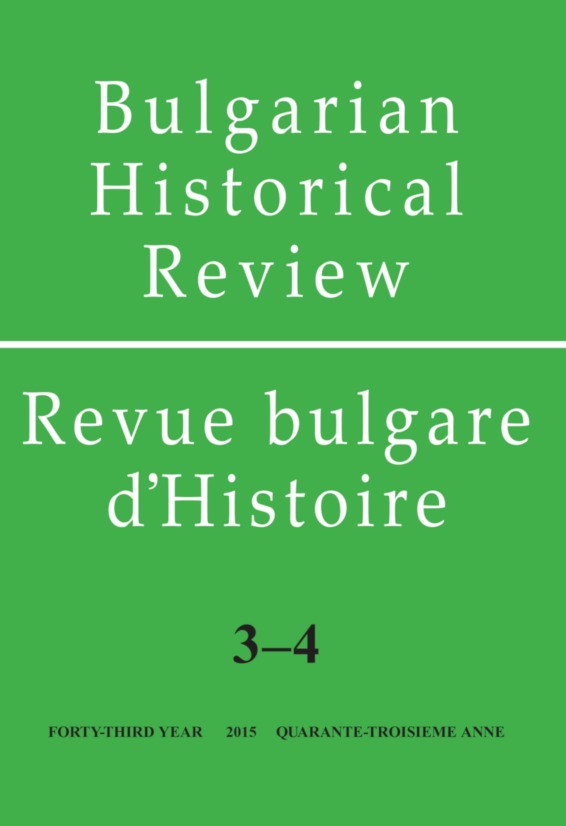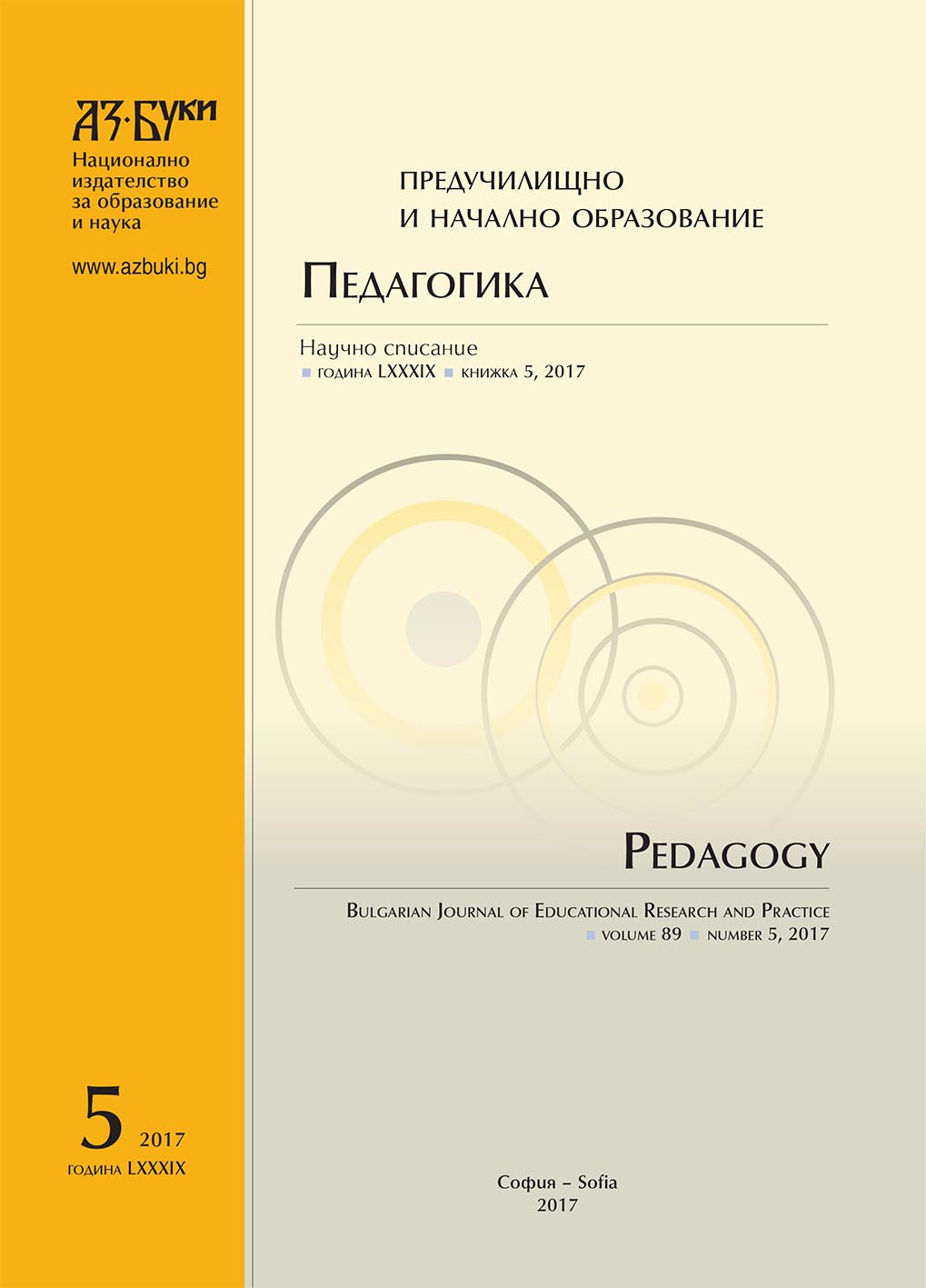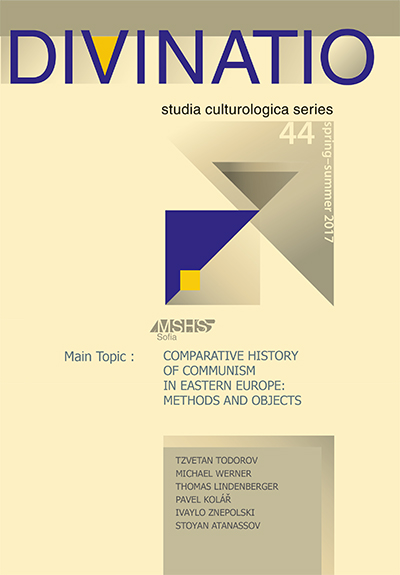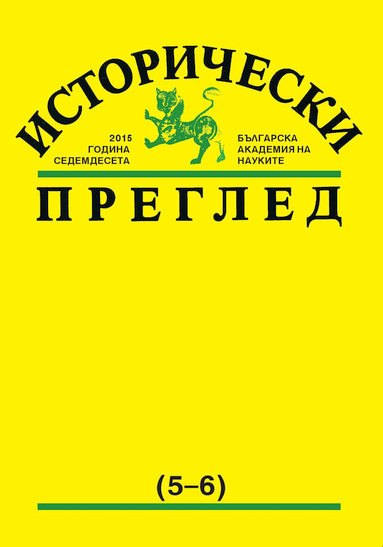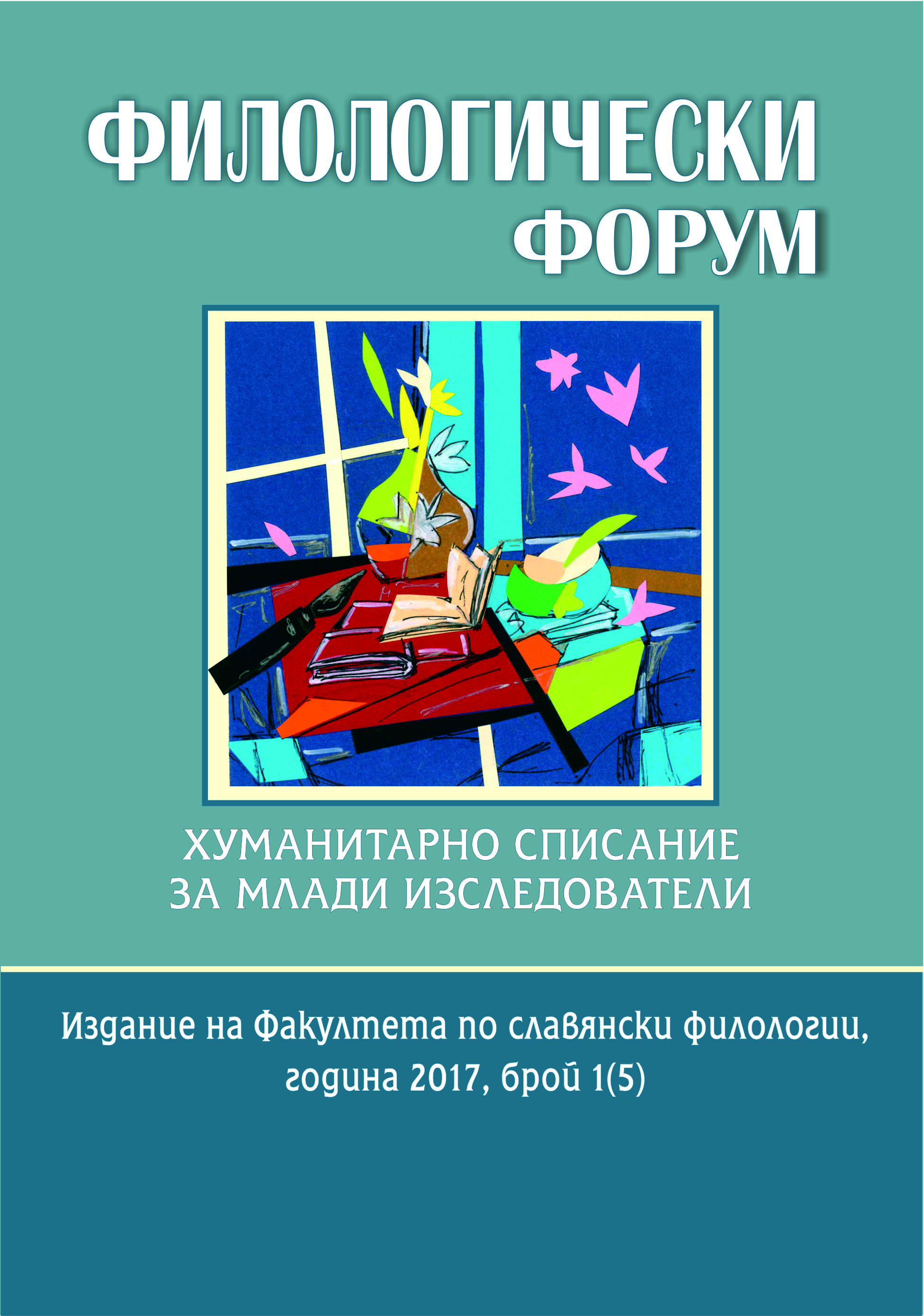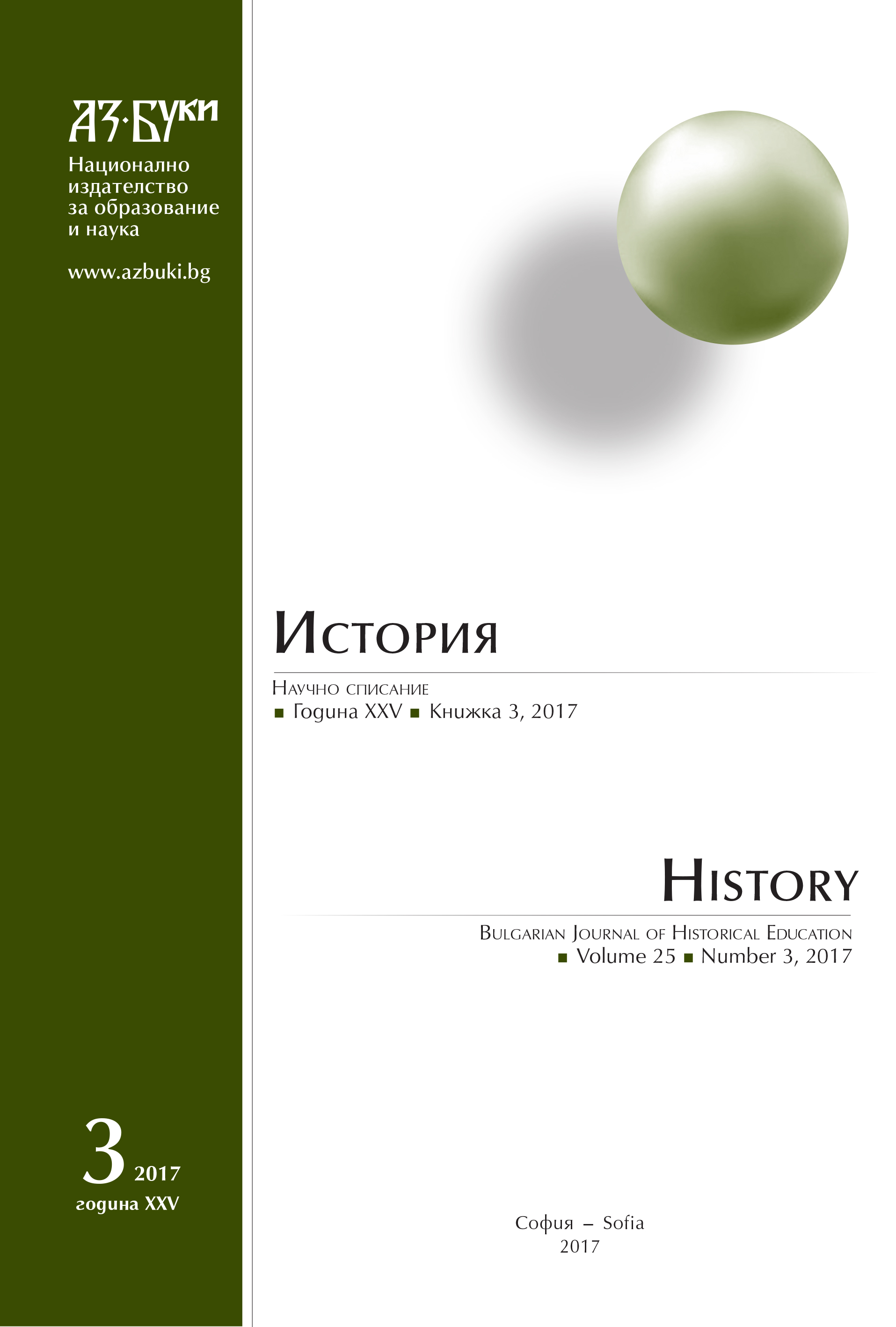
Към историята на Българското тайно революционно братство в Турция (1897 – 1899)
The study addresses specific problems related to the establishment, the development and the cessation of the Bulgarian secret revolutionary fraternity in Turkey. Special attention is paid to existing hypotheses that the Thessaloniki-based organization is a conspiracy concept of the Bulgarian Exarchate, the Bulgarian trade agent Atanas Shopov or the Sofia Supreme Macedonian Committee. However, these hypotheses are not supported by evidence in the historical sources. The version suggested here puts forward the well-grounded position that the birth of the Secret Fraternity is an initiative of teachers at the Bulgarian Male High School in Thessaloniki, who decided to oppose to the propaganda of the Internal Macedonian-Edirne Revolutionary Organization that was continuously deteriorating the school discipline among the students. New historical sources for this unsuccessful irredentist project are presented and analyzed accordingly.
More...
